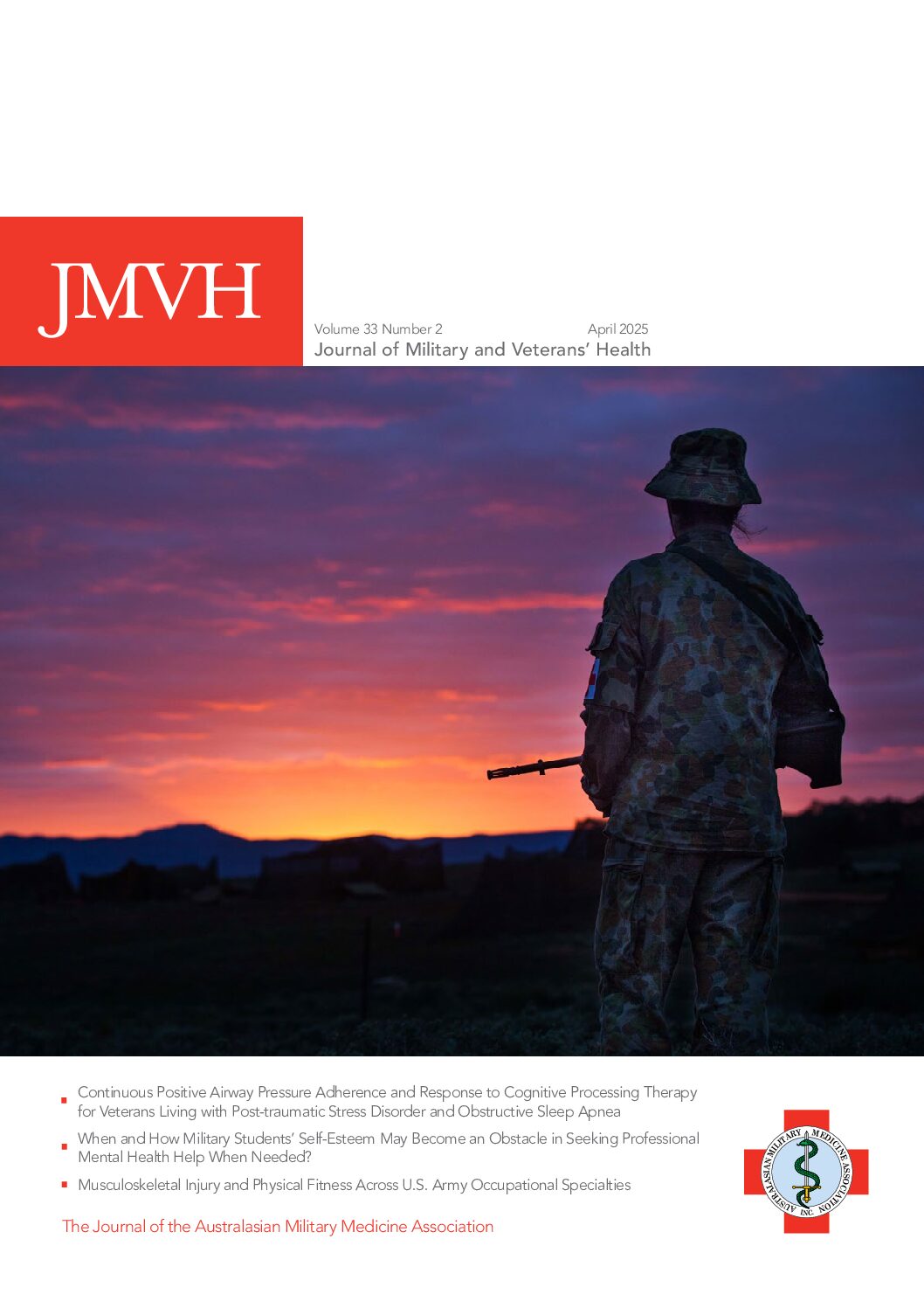*Version 14. xxxiv+445pp, paperback, ISBN 978-0-9804764-7-7. Melbourne, Therapeutic Guidelines Limited, AUD39.00, 2010.
Apart from major textbooks of infectious disease, there have been few books published specifically on guidelines related to antibiotics. Therapeutic Guidelines: Antibiotic, part of a collection of 14 in the series of the popular and respected Therapeutic Guidelines series in Australia, is now a well established set of clinical practice guidelines. The recently released Version 14 of Therapeutic Guidelines: Antibiotic has a table of Contents, list of Tables, boxes and figures, a list of the members of the Antibiotic Expert Group as well as other contributing groups, Acknowledgments, a list of Endorsements, About Therapeutic Guidelines Limited and their Board of Directors, a Preface, 20 Chapters, six Appendices, a comprehensive Index and a Request for comment on guidelines proforma. Each chapter has a useful highlighting strip on the edges of the pages, which importantly helps to identify the various chapters. It is also important to note that the handbook is also available electronically. It also includes 31 Tables, seven Boxes and five Figures.
Therapeutic Guidelines: Antibiotic is well researched, concise and consistent in its presentation. Chapters include “Principles of antimicrobial use”, “Getting to know your drugs”, “Antimicrobial hypersensitivity (allergy)”, “Bone and joint infections”, “Cardiovascular system infections”, “Central nervous system infections”, “Eye infections”, “Genital and sexually transmitted infections”, “Human immunodeficiency virus (HIV) infections”, “Intra-abdominal infections”, “Malaria”, “Mycobacterial infections”, “Prophylaxis: medical”, “Prophylaxis: surgical”, “Respiratory tract infections: pneumonia”, “ Respiratory tract infections: other”, “Severe sepsis (sepsis syndrome)”, “Skin and soft tissue infections”, “Systemic infections” and “Urinary tract infections”. There are also six Appendices, namely: “1. Biological warfare agents”, “2. Desensitisation protocols”, “3. Monitoring antimicrobial blood concentrations and aminoglycoside and vancomycin dosing”, “4. Pneumonia severity scoring systems for community acquired pneumonia in adults”, “5. Pregnancy and breastfeeding”, and “6. Renal impairment and antimicrobial dosing”. The largest chapters are the chapters on “Respiratory tract infections: pneumonia” (p 221-258) and “Human immunodeficiency virus infection” (p 123-151). The drugs (p 11-36) are discussed by major target infective or parasitic group, namely “Antibacterial drugs”, “Antifungal drugs”, “Antiviral drugs”, “Antiprotozoal drugs” and “Antihelminthic drugs”. There is a short but useful chapter on “Antimicrobial hypersensitivity (allergy)”, which is well worth reading (p 37-40).
There have been a number of significant changes and updates from the previous version.1 These include a new short, but useful chapter on antimicrobial hypersensitivity with a summary table on management of patients with penicillin hypersensitivity that is well worth reading (p 37-40). There is also a new appendix (Appendix 4) with new severity scoring tools for community-acquired pneumonia in adults (p 367-369). There is an expanded section on influenza in the chapter on “Respiratory Tract Infections: other” (p259-263), which mentions recent novel influenza strains, H5N1 (‘avian influenza’) and Pandemic (H1N1) 2009. A new approach to the monitoring and use of aminoglycosides is discussed in Appendix 3 with specific mention of empirical therapy with gentamicin being recommended for a maximum of 48 hours (p 357, 360) “with subsequent therapy guided by susceptibility results” (p xxxiii). Other updates include more information on community-associated methicillin-resistant Staphylococcus aureus, an expanded section on home-based intravenous antimicrobial therapy, updated vancomycin dosage and monitoring recommendations, revised renal impairment dosing guidelines and a new section on antimicrobial stewardship (p 7-9) in the first chapter.2
From the Australasian perspective, it is hard to fault the guidelines. The Preface does however raise one concern (p xxxiv) and that is that structural changes are occurring in Therapeutic Guidelines: Antibiotic to place sections or chapters in other specialist Therapeutic Guidelines, such as Gastrointestinal, Respiratory, and Dermatology. Relevant infectious diseases are well covered, for example, in Therapeutic Guidelines: Dermatology, reviewed elsewhere,3 which has a fairly comprehensive section on skin infections and skin infestations and bites, but it does mean gaining access to an additional book. While infectious disease components of other Therapeutic Guidelines can be linked through eTG complete and miniTG, the present intention would seem to be commercially driven to promote purchase of the complete electronic product, which perhaps could be justified in supporting evidence-based practice.
As an Australian based publication, it is inevitable that the writing group would be predominantly Australian. It is interesting however that all 14 members of the Antibiotic Expert Group and all members of the other contributing Expert Groups, Respiratory Infections Expert Group and the Infective Endocarditis Prophylaxis Expert Group, which appear to be new, are Australian based. None-the-less, many of these experts would be well known in the field of Antibiotic. Almost all the experts on the Antibiotic Expert Group are from the fields of infectious disease and microbiology, but there is one from general practice and one senior pharmacist.
Therapeutic Guidelines: Antibiotic is not a substitute for training and experience in microbiology and infectious disease. It is also not meant to be a comprehensive textbook of either of these areas, especially as there are well-established textbooks of infectious disease and microbiology, as well as some compact general handbooks.4 The guideline does however provide an exceptionally useful and fairly comprehensive clinical reference on most aspects of antibiotic selection and use for the informed health professional in virtually all clinical fields. The guideline is an essential reference for doctors, nurse practitioners and other prescribing health professionals, as well as students and academics in these health professional areas. Therapeutic Guidelines: Antibiotic has little competition in the guidelines field and is an indispensible guidelines reference handbook in Australasia.






